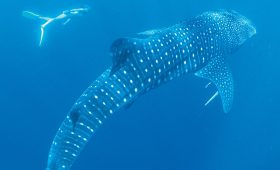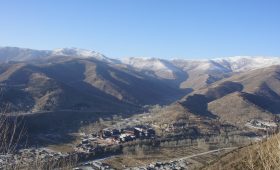Discovering Kisangani
Kisangani, located in the Democratic Republic of Congo, offers a unique blend of history and natural beauty. Formerly known as Stanleyville, this city has a rich past intertwined with colonial exploration and local traditions. Let’s explore what makes Kisangani a fascinating destination.
A Glimpse into History
Kisangani’s history is deeply rooted in its strategic location along the Congo River. The area was originally inhabited by the Wagenya people, who utilized the nearby Wagenia Falls for fishing. In 1883, the explorer Henry Morton Stanley established Stanley Falls Station here, marking the beginning of European influence. The station was a key trading post, and remnants of this colonial past can still be seen in the city’s architecture and cultural narratives.
Getting There
Traveling to Kisangani requires some planning. The most straightforward way is to fly into Bangoka International Airport, which connects to both domestic and select international destinations. From the airport, taxis and private cars are available to take you to the city center. Be prepared for a journey that might be lengthy, but the anticipation of exploring Kisangani’s offerings will keep you motivated.
Exploring the City
Kisangani is known for its lush landscapes and vibrant local culture. Here are some highlights to consider during your visit:
Wagenia Falls
Wagenia Falls, formerly known as Stanley Falls, is a stunning natural feature that showcases the power of the Congo River. The falls are not only a visual spectacle but also a site of traditional fishing practices by the Wagenya people. Watching them construct wooden traps and catch fish is a unique cultural experience.
Makiso Central Market
For a taste of local life, head to Makiso Central Market. This bustling hub is filled with colorful stalls offering everything from fresh produce to handcrafted goods. Engage with the vendors, and don’t hesitate to negotiate prices for a more authentic shopping experience.
Local Transportation
Getting around Kisangani can be an adventure. The “pousse-pousse,” a bicycle-rickshaw, is a popular and eco-friendly way to navigate the city. It’s an affordable option that also allows for interaction with the locals. Taxis are another option, but ensure you agree on the fare before starting your journey.
When to Visit
Kisangani experiences a tropical climate with distinct wet and dry seasons. The best time to visit is from June to September when the weather is cooler and rainfall is minimal. However, if you prefer lush landscapes, consider visiting during the rainy season from October to May, when the city is at its greenest.
Exploring Kisangani offers a chance to connect with a city that is rich in history and culture. While the journey may have its challenges, the experiences and stories you’ll gather are well worth the effort.




